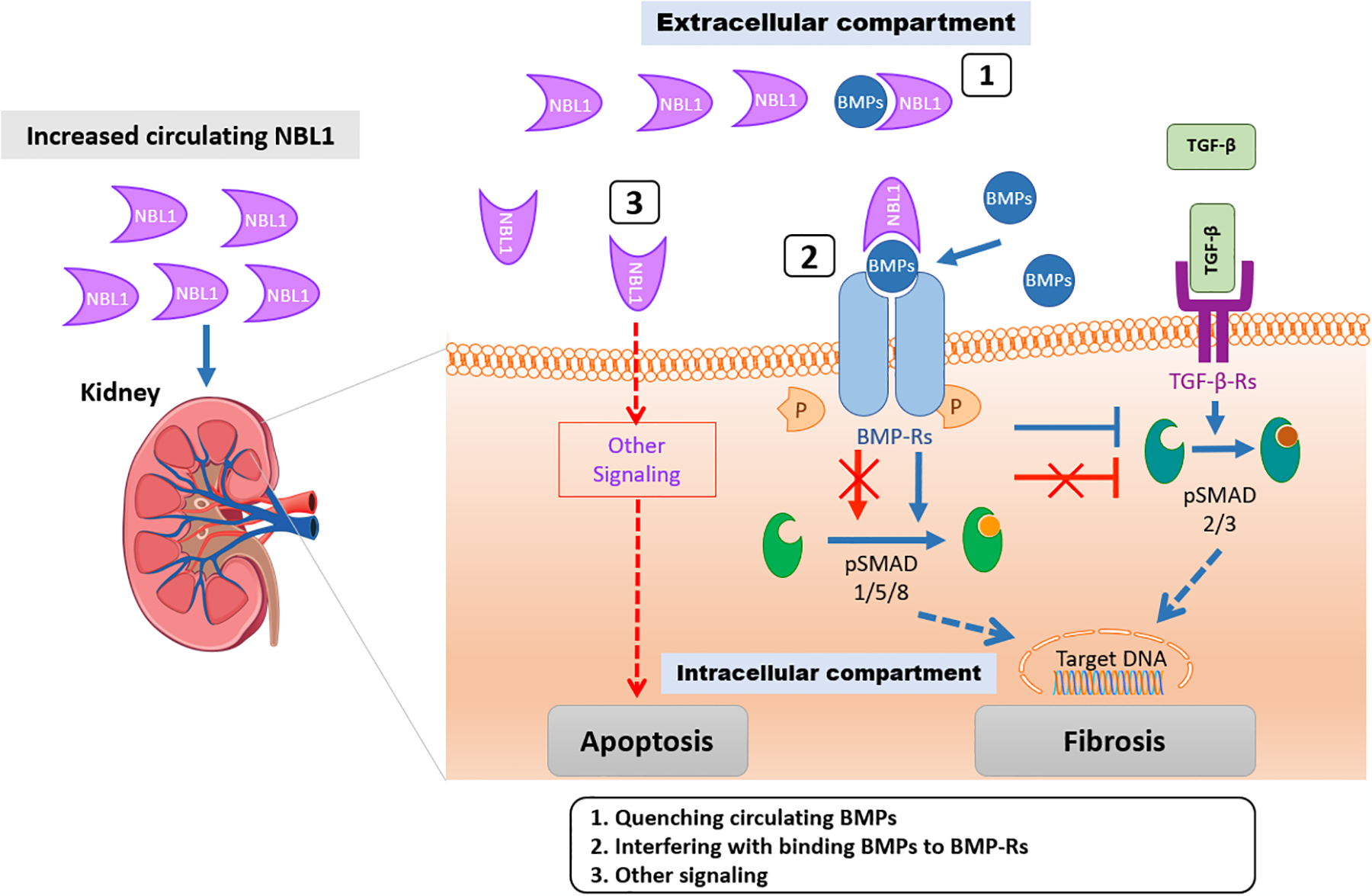Fig. 8 |. Postulated mechanisms through which elevated concentrations of circulating NBL1 impact progression to ESKD.

Excessive circulating NBL1 is associated with progression to ESKD. We propose three mechanisms whereby NBL1 exerts its negative effects on kidney cells. In mechanism 1, NBL1 quenches Bone Morphogenic Proteins (BMPs) and prevents BMPs interaction with BMP-receptors (BMP-Rs) thereby favoring pro-fibrotic signaling pathways (66, 73). In mechanism 2, NBL1 binds the BMPs/BMP-Rs complex, thereby blocking its intracellular signaling and unlock the TGF-β-mediated profibrotic action (74). In mechanism 3, a NBL1-mediated BMPs-independent apoptosis of podocytes cells is postulated.
Effect of normal concentration of NBL1 in circulation is indicated as blue arrows. Negative effect of elevated concentration of NBL1 in circulation is indicated as red arrows.
